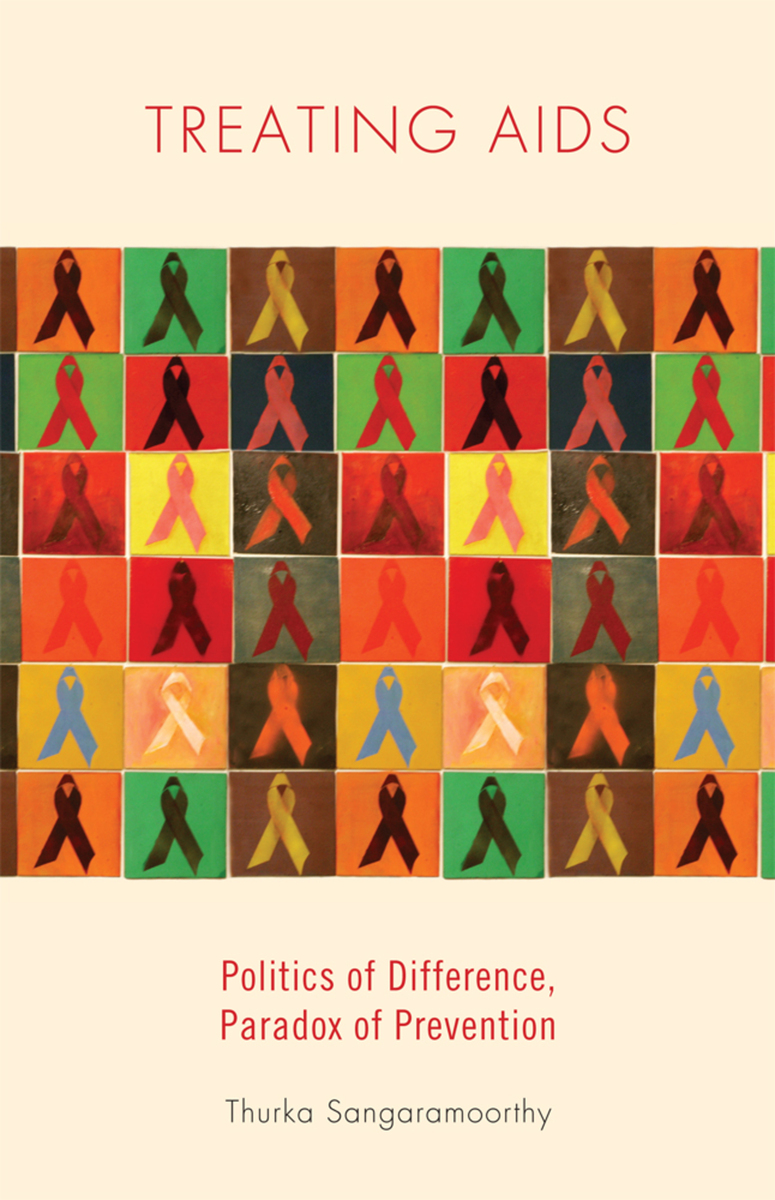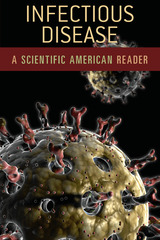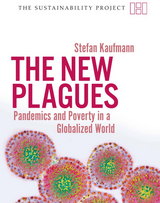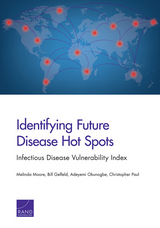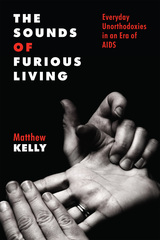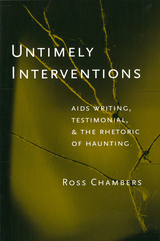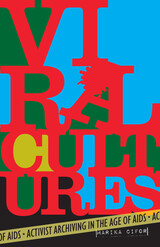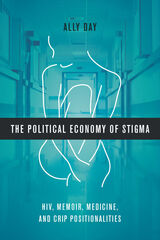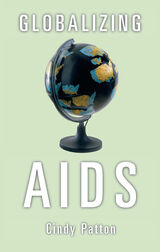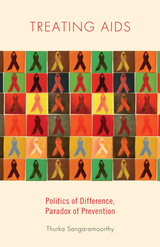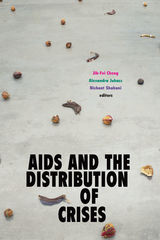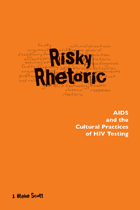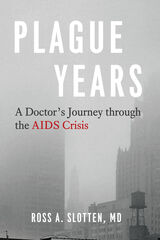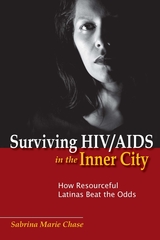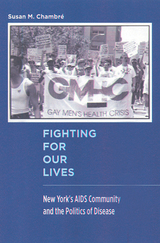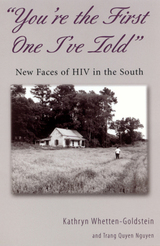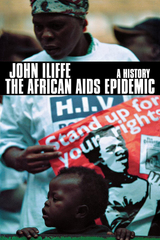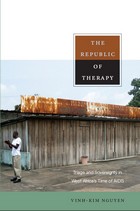Treating AIDS: Politics of Difference, Paradox of Prevention
Rutgers University Press, 2014
eISBN: 978-0-8135-6374-9 | Cloth: 978-0-8135-6373-2
Library of Congress Classification RA643.8.S225 2014
Dewey Decimal Classification 362.1969792
eISBN: 978-0-8135-6374-9 | Cloth: 978-0-8135-6373-2
Library of Congress Classification RA643.8.S225 2014
Dewey Decimal Classification 362.1969792
ABOUT THIS BOOK | AUTHOR BIOGRAPHY | REVIEWS | TOC
ABOUT THIS BOOK
There is an inherently powerful and complex paradox underlying HIV/AIDS prevention—between the focus on collective advocacy mobilized to combat global HIV/AIDS and the staggeringly disproportionate rates of HIV/AIDS in many places. In Treating AIDS, Thurka Sangaramoorthy examines the everyday practices of HIV/AIDS prevention in the United States from the perspective of AIDS experts and Haitian immigrants in South Florida. Although there is worldwide emphasis on the universality of HIV/AIDS as a social, political, economic, and biomedical problem, developments in HIV/AIDS prevention are rooted in and focused exclusively on disparities in HIV/AIDS morbidity and mortality framed through the rubric of race, ethnicity, and nationality. Everyone is at equal risk for contracting HIV/AIDS, Sangaramoorthy notes, but the ways in which people experience and manage that risk—and the disease itself—is highly dependent on race, ethnic identity, sexuality, gender, immigration status, and other notions of “difference.”
Sangaramoorthy documents in detail the work of AIDS prevention programs and their effect on the health and well-being of Haitians, a transnational community long plagued by the stigma of being stereotyped in public discourse as disease carriers. By tracing the ways in which public knowledge of AIDS prevention science circulates from sites of surveillance and regulation, to various clinics and hospitals, to the social worlds embraced by this immigrant community, she ultimately demonstrates the ways in which AIDS prevention programs help to reinforce categories of individual and collective difference, and how they continue to sustain the persistent and pernicious idea of race and ethnicity as risk factors for the disease.
Sangaramoorthy documents in detail the work of AIDS prevention programs and their effect on the health and well-being of Haitians, a transnational community long plagued by the stigma of being stereotyped in public discourse as disease carriers. By tracing the ways in which public knowledge of AIDS prevention science circulates from sites of surveillance and regulation, to various clinics and hospitals, to the social worlds embraced by this immigrant community, she ultimately demonstrates the ways in which AIDS prevention programs help to reinforce categories of individual and collective difference, and how they continue to sustain the persistent and pernicious idea of race and ethnicity as risk factors for the disease.
See other books on: AIDS (Disease) | Difference | Health aspects | Public Health | Social status
See other titles from Rutgers University Press
